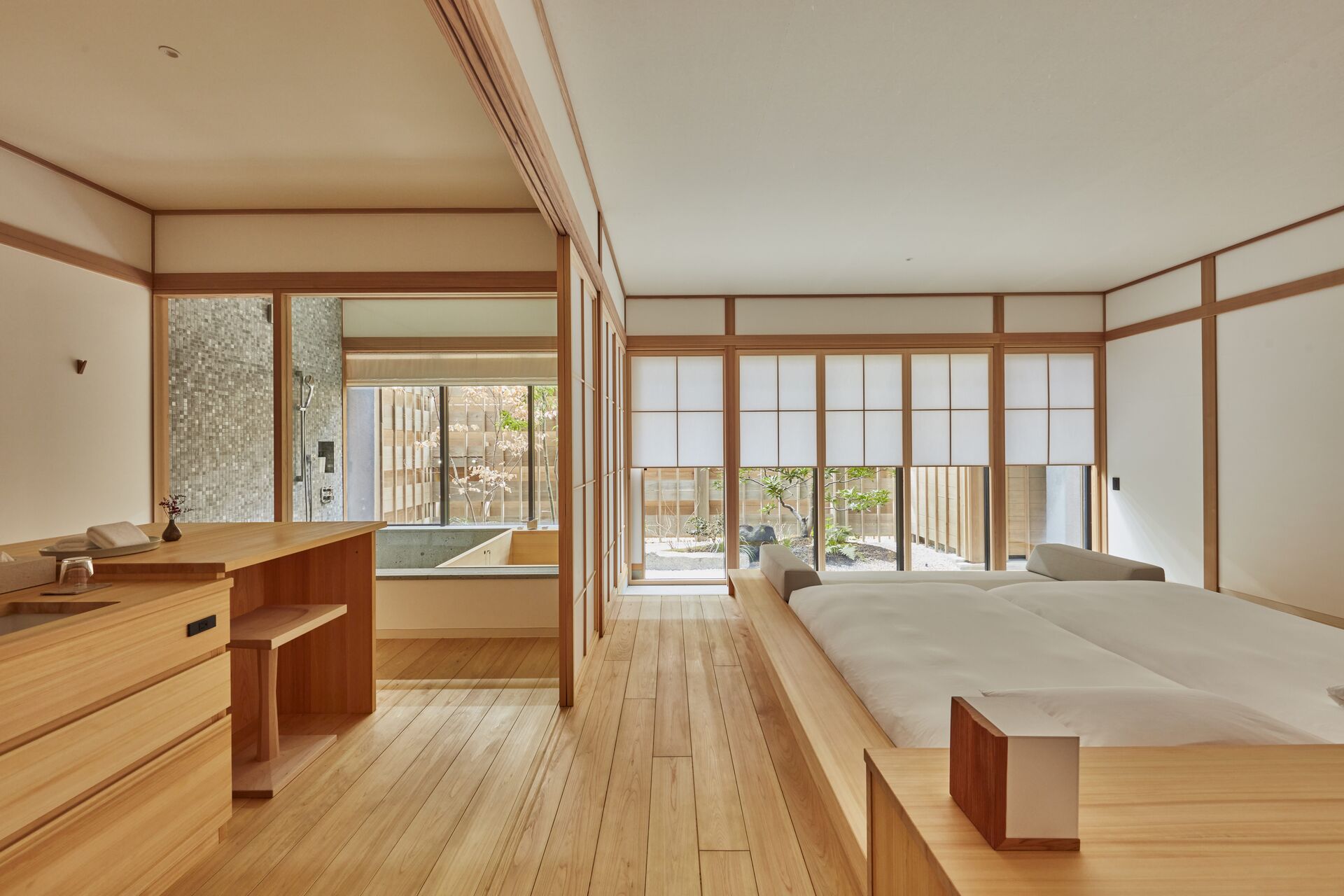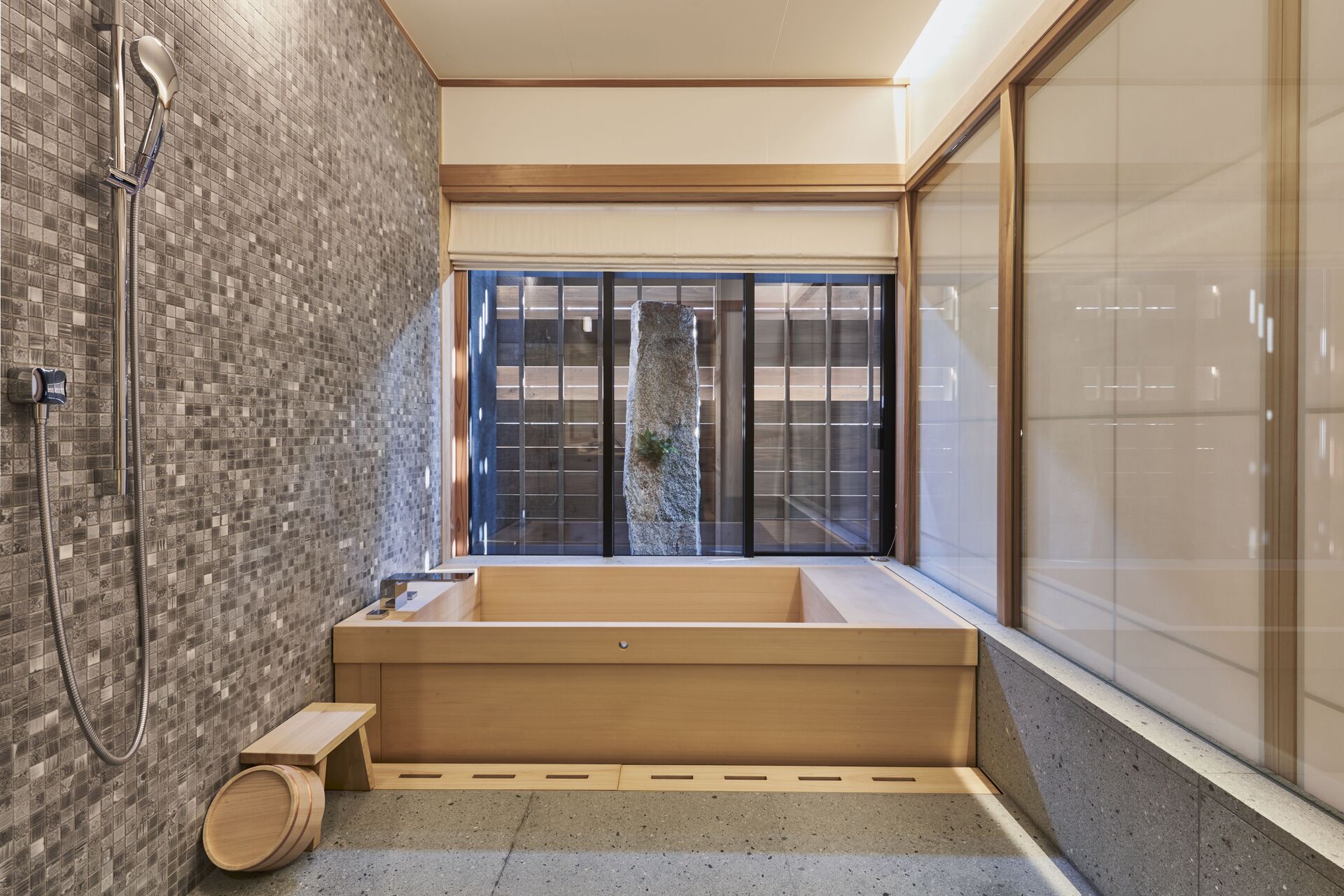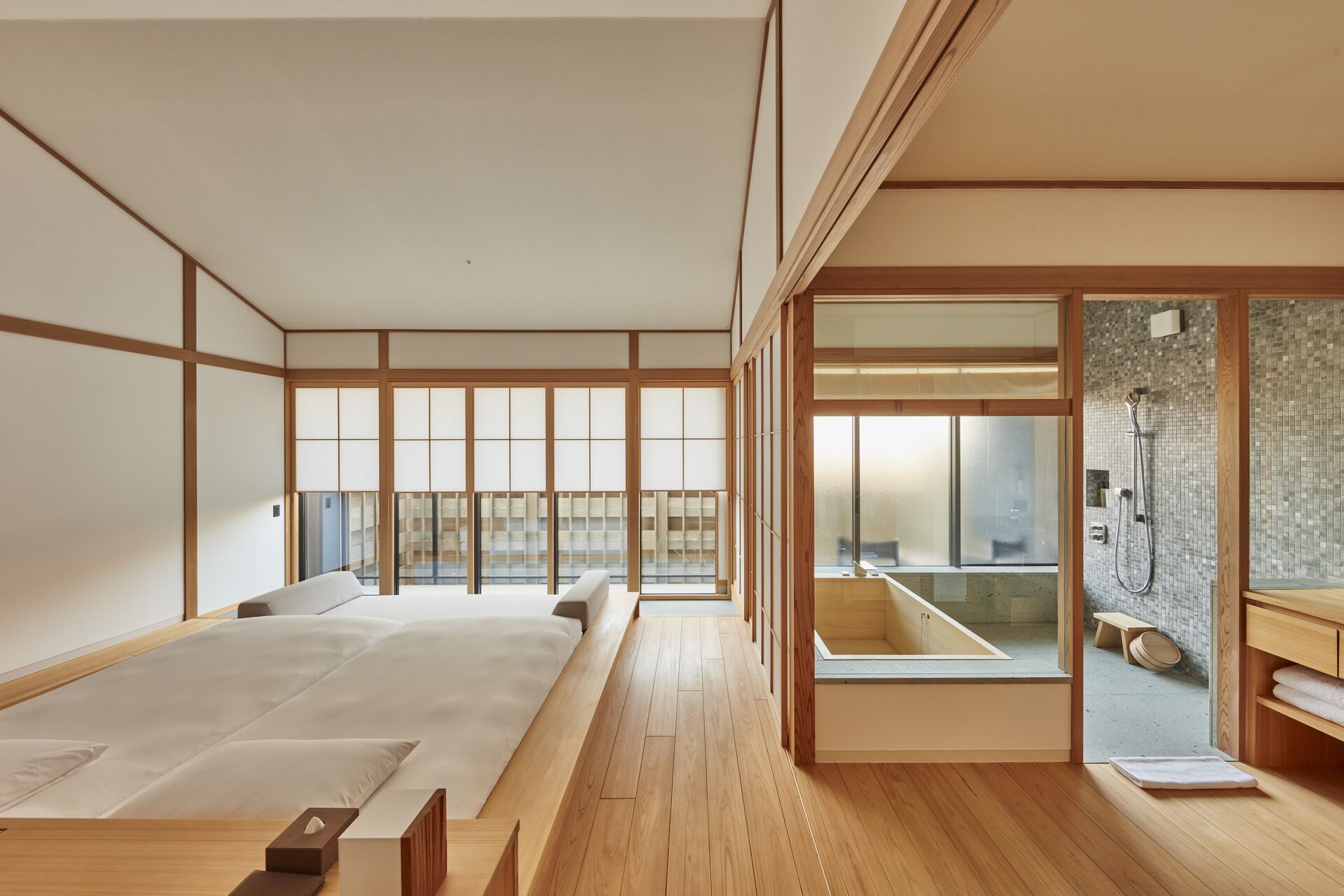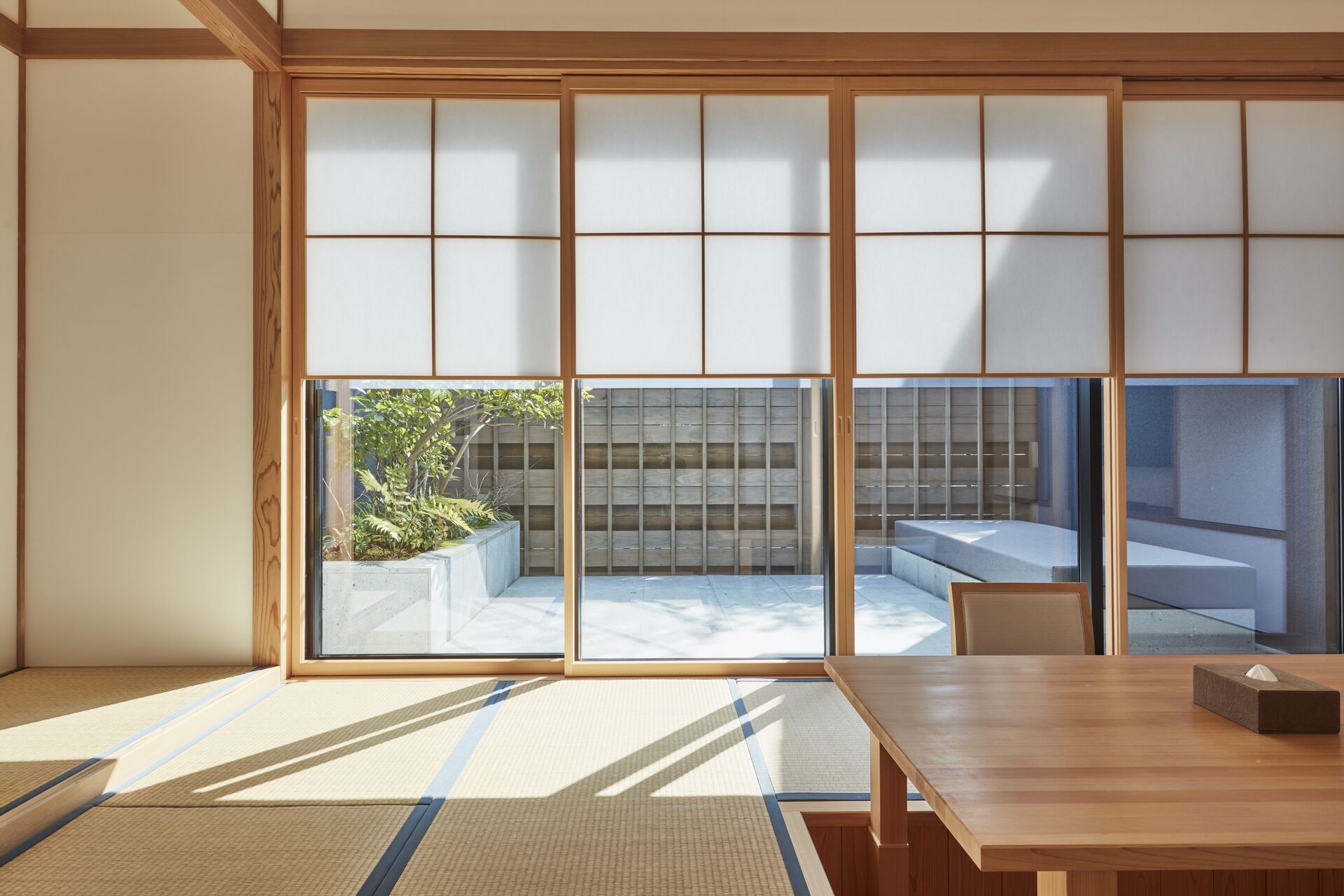Azumi Setoda is the reinspired family estate of the Horiuchi family, a prominent lineage of affluent merchants who had thrived in the salt production and shipping sectors in Setoda. Embracing the legacy of the 140-year-old structure, the residence retains its precious architectural essence, while the guest rooms have been thoughtfully fashioned into contemporary and soothing spaces. The dining experience is centered around French cuisine crafted from the finest Setouchi ingredients, presented on tableware that has been passed down through generations of the Horiuchi family.

accommodations
ACCOMMODATION
Azumi Travel Times
Hiroshima Airport (HIJ)
1 hour by car/taxi
67 km
67 km
Azumi Setoda
Mihara Port
30 minutes by ferry
43 km
43 km
Azumi Setoda
Fukuyama Station
1 hour by car/taxi
43 km
43 km
Azumi Setoda



